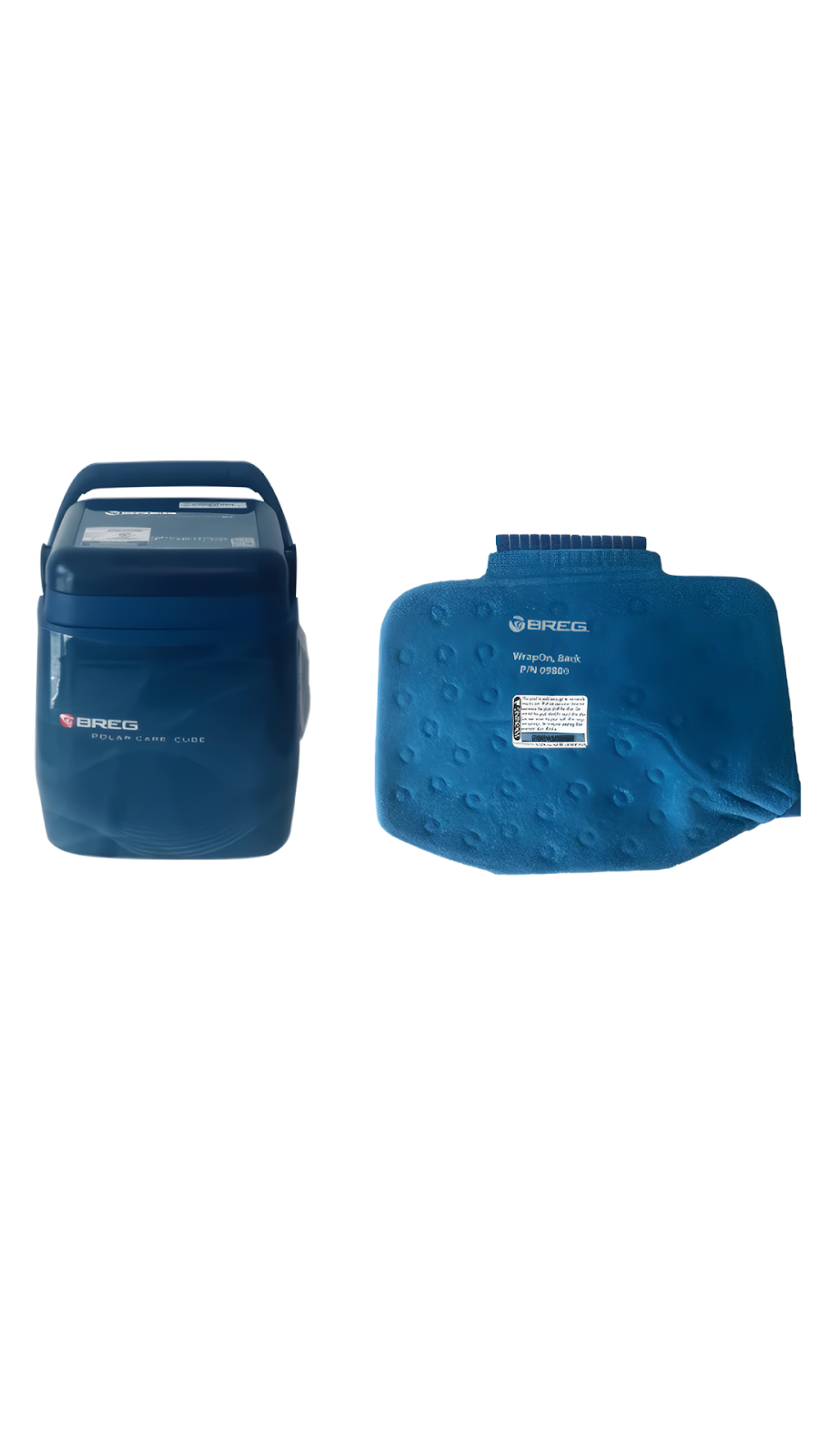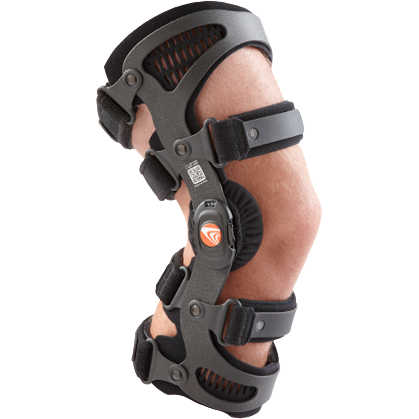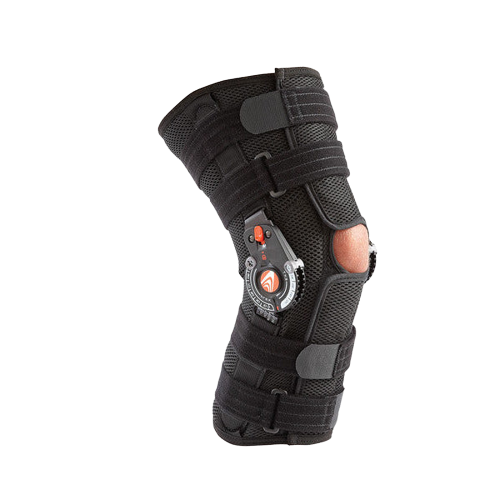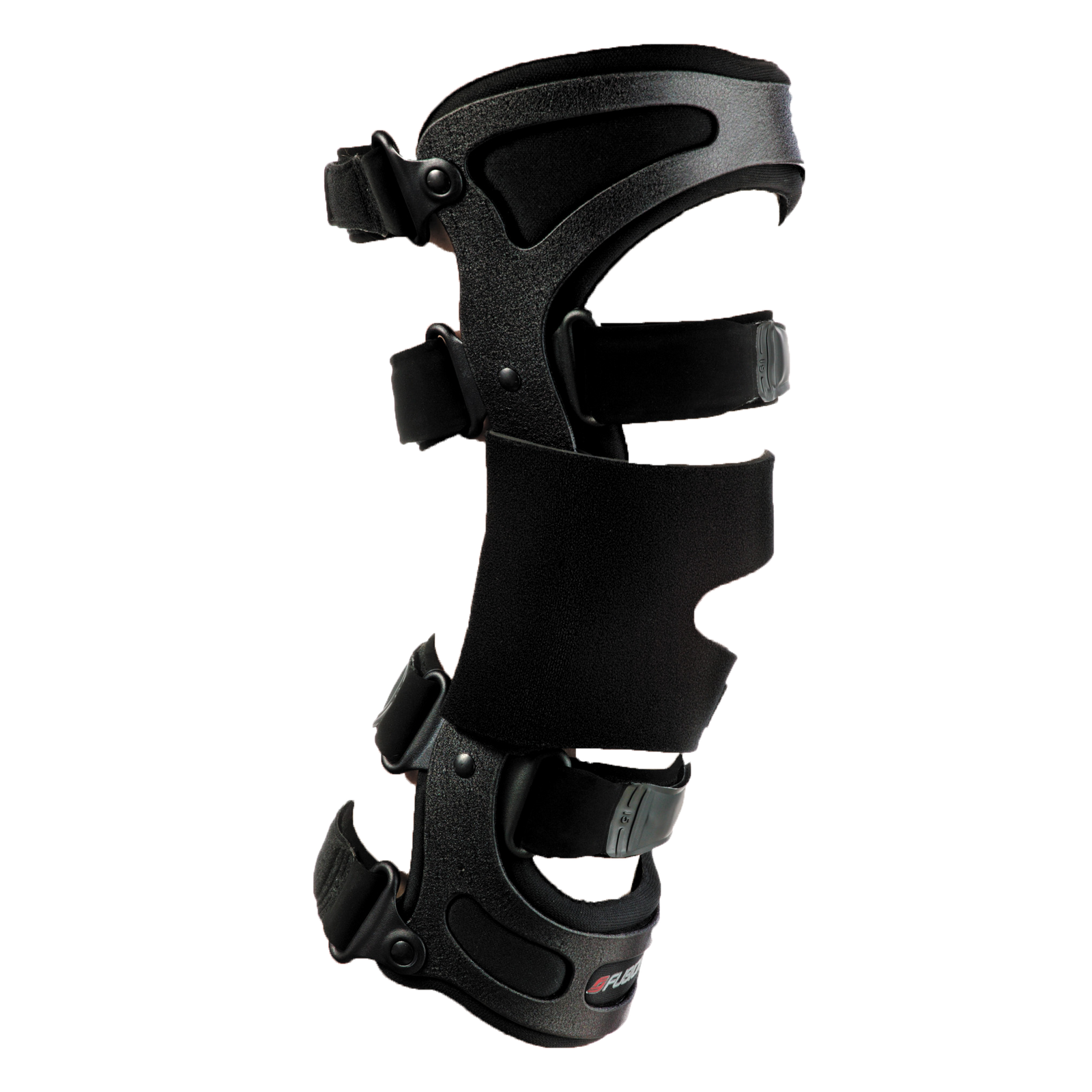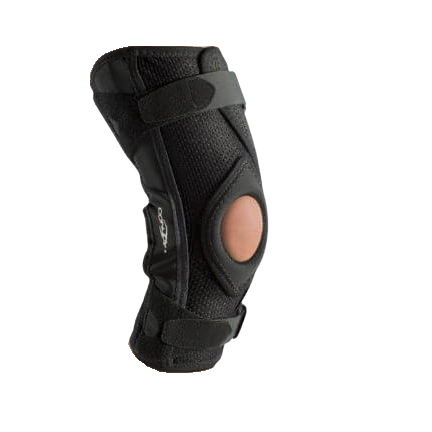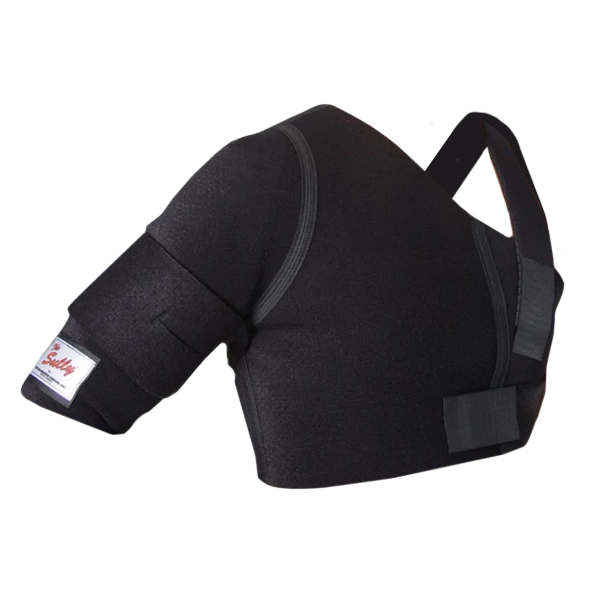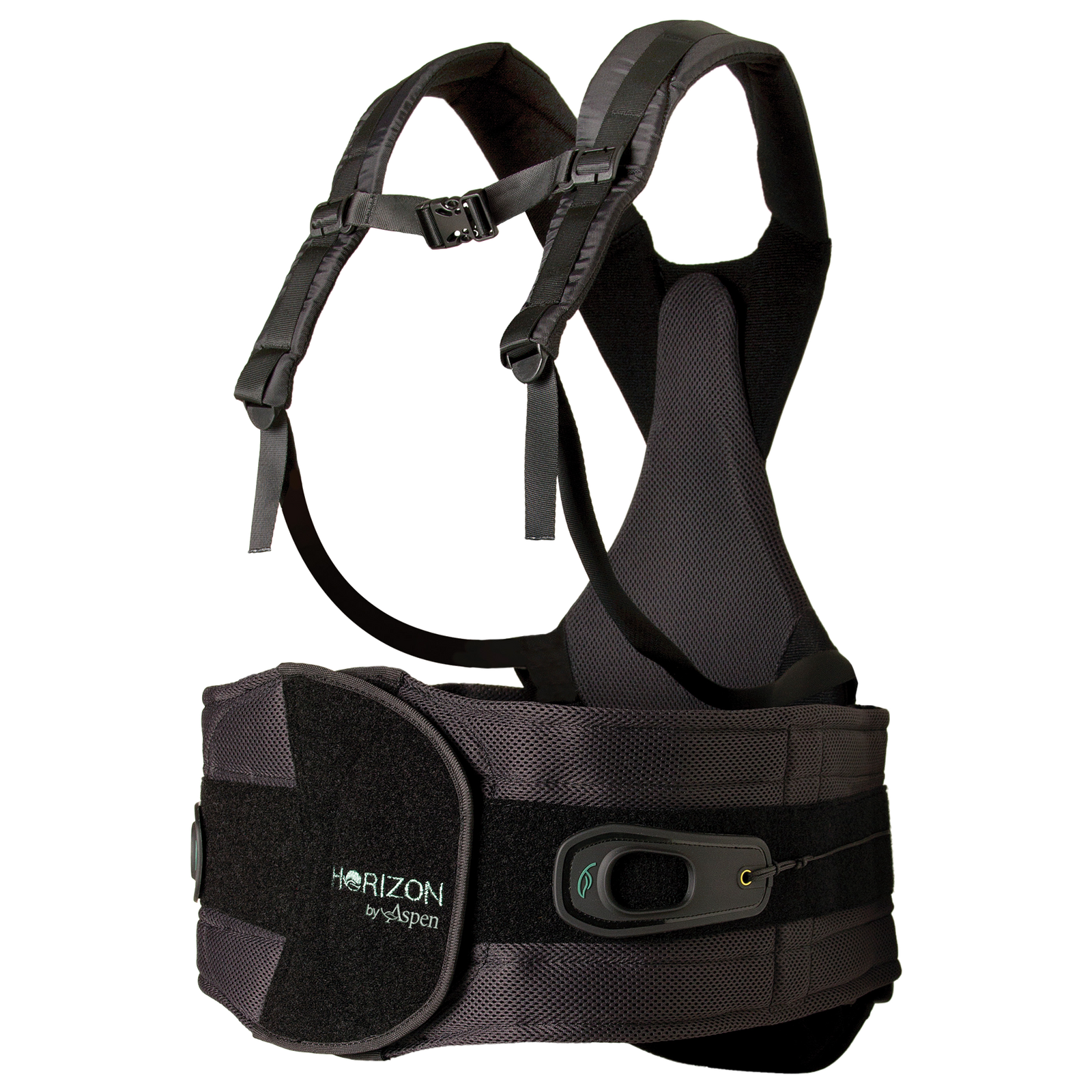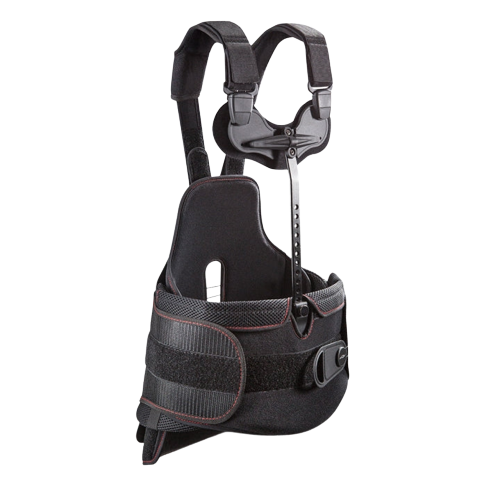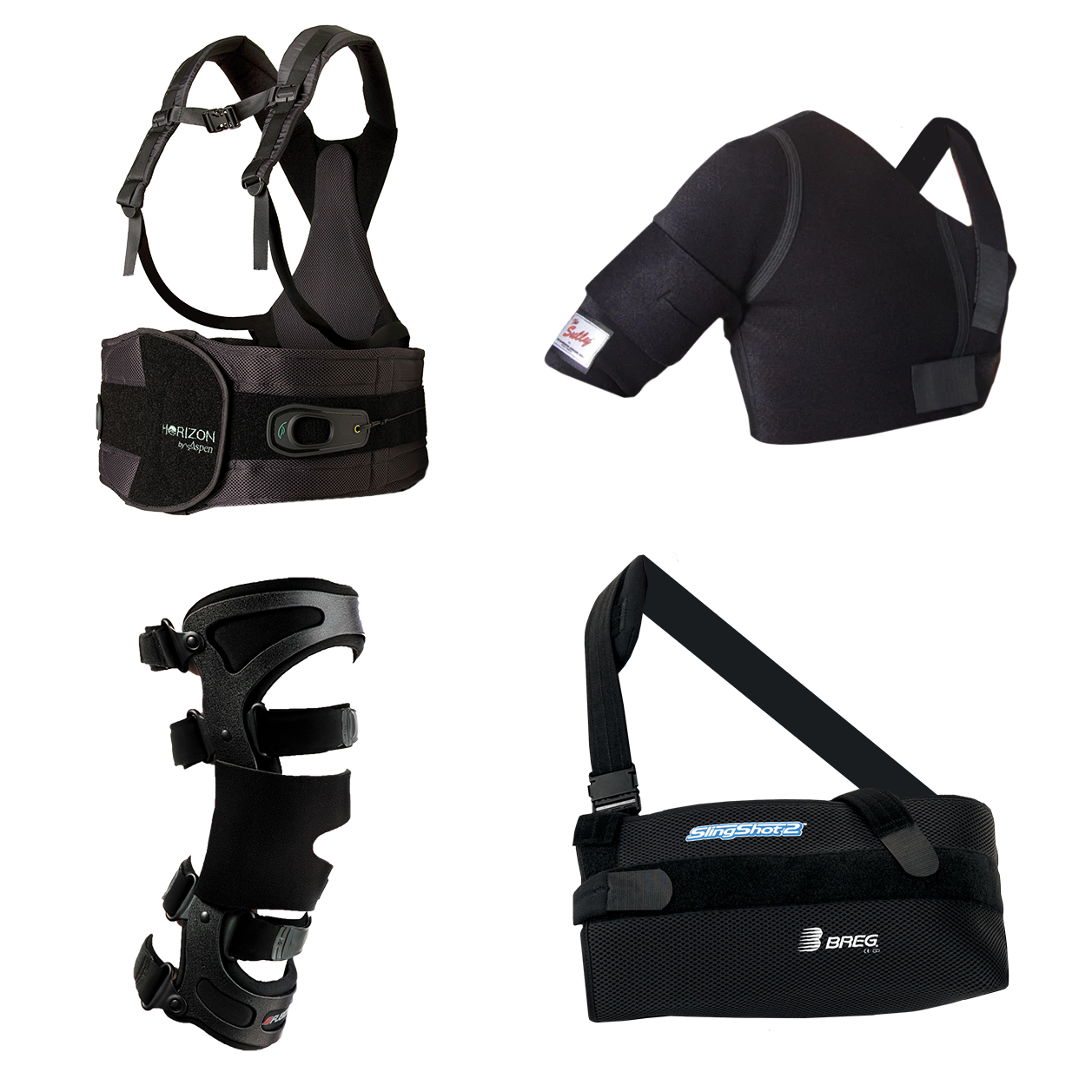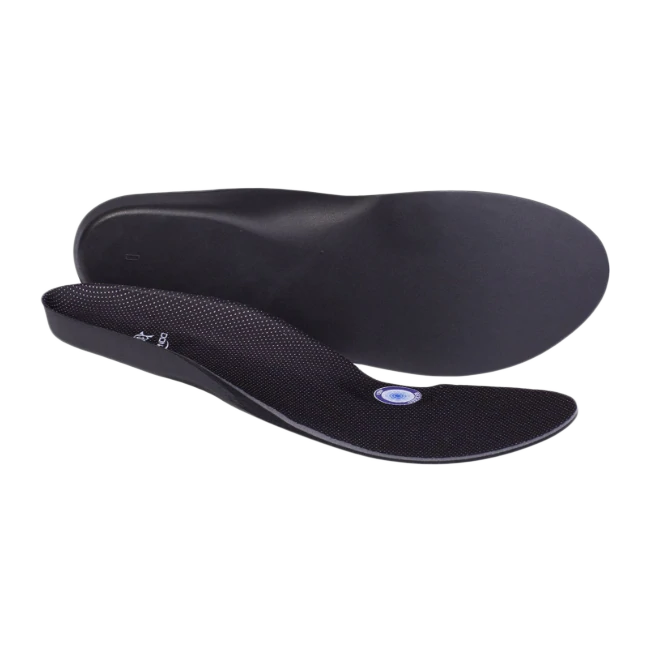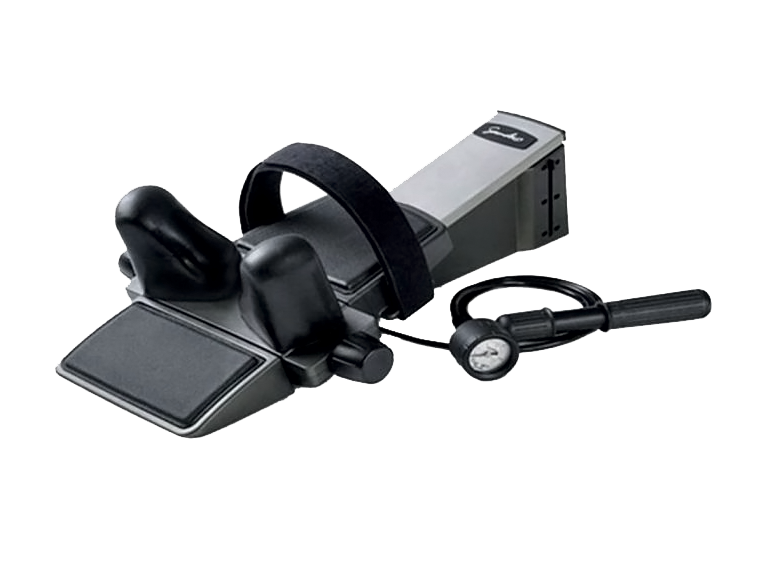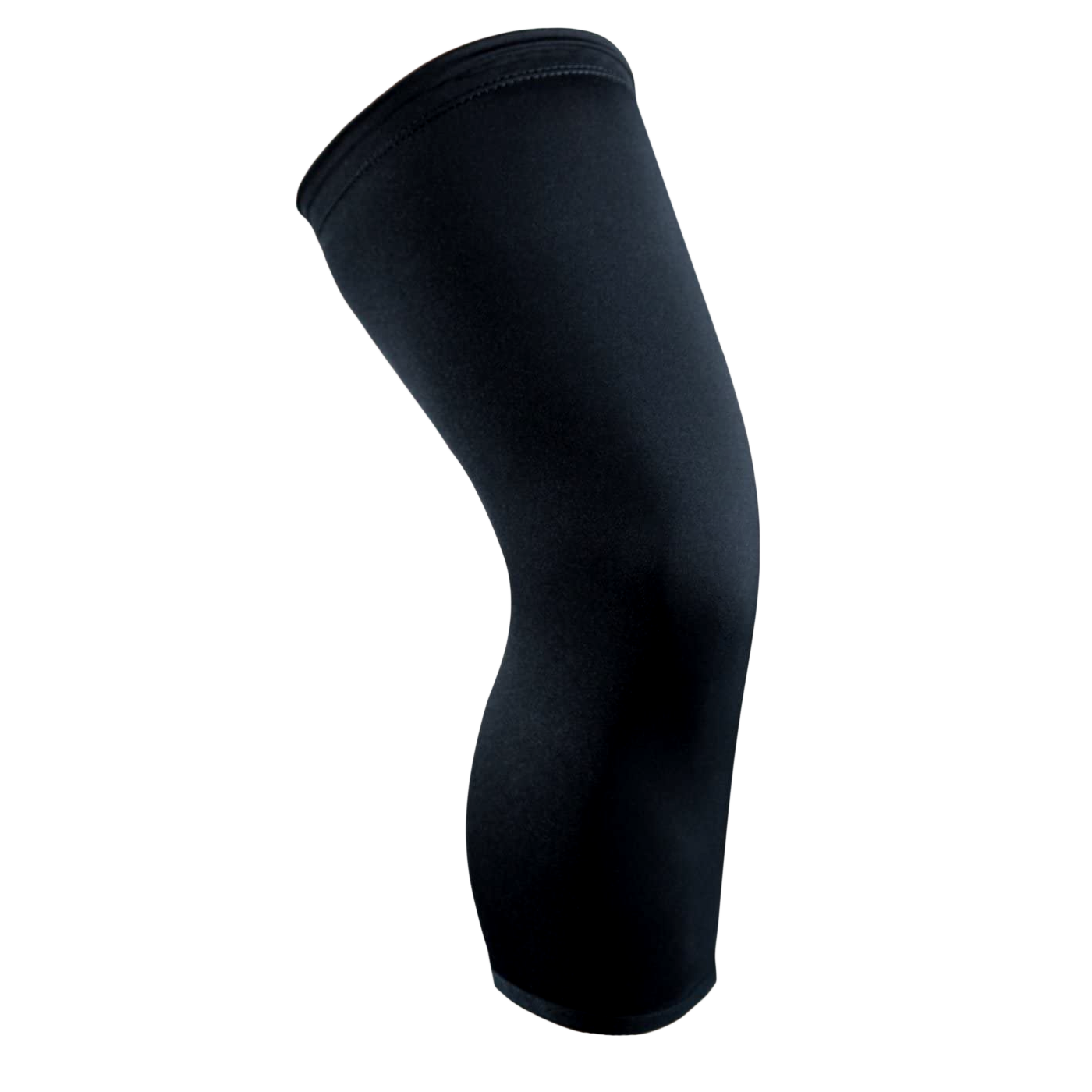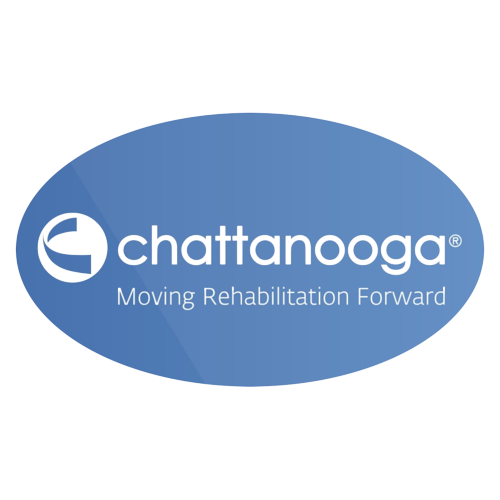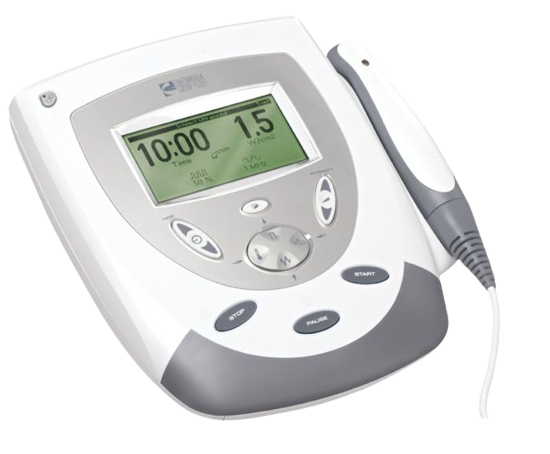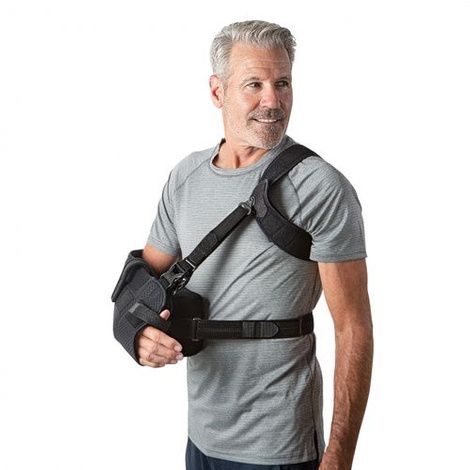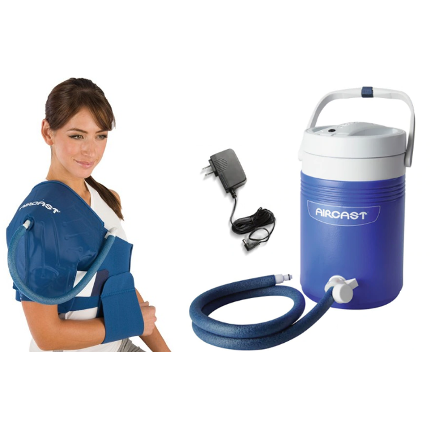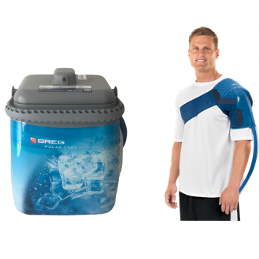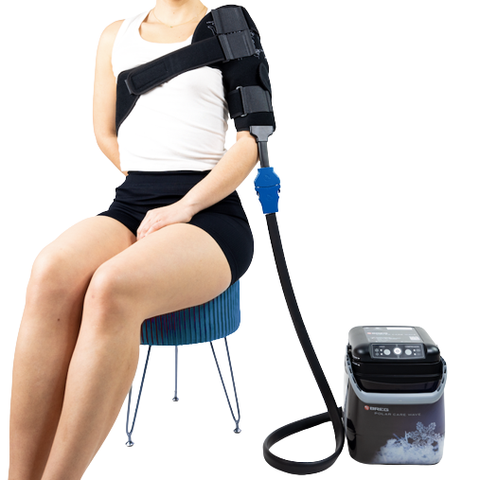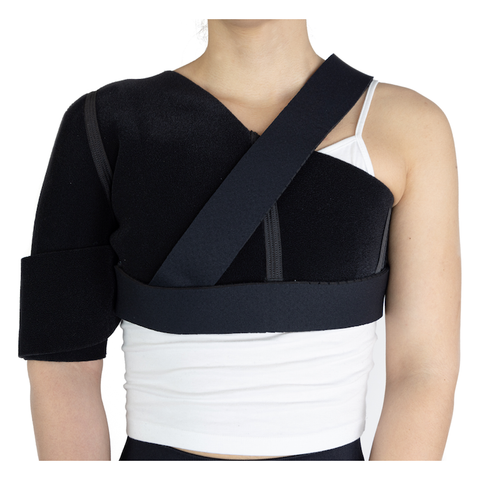
Our shoulders are amazing and complex joints. They enable an extraordinary range of motion, which lets us perform countless daily activities and movements without even thinking about it. However, this flexibility comes at a cost - our shoulders are prone to a range of different injuries, some of which can be quite painful.
Many people use a shoulder brace to deal with common shoulder issues and injuries, but what does a shoulder brace do, and how does a shoulder brace help you recover from an injury? In this article, we’ll explore shoulder braces and how these seemingly simple devices can provide much-needed relief from certain conditions and injuries.
So, is a shoulder brace the right choice for you? Join us to learn whether a shoulder brace could offer some much-needed relief during your injury rehab or recovery from shoulder surgery.
What Exactly is a Shoulder Brace?
Before we ask what does a shoulder brace do, let’s first explain what a shoulder brace actually is and quickly explain the different types of shoulder braces. Each type plays a different role, so it’s important to understand the different types of braces and which one is right for your specific situation.
Definition of a Shoulder Brace
A shoulder brace is a specialized orthopedic device that provides support and stability to the shoulder joint. It aids in the treatment and prevention of shoulder injuries, discomfort, and various shoulder conditions. By immobilizing, compressing, or stabilizing the shoulder region, a shoulder brace can significantly enhance the healing process, reduce strain, and improve overall shoulder function.
Shoulder Braces Varieties: Immobilizing, Compression, and Stabilizing
There are three main types of shoulder braces: immobilizing, compression, and stabilizing. As the name suggests, immobilizing shoulder braces restrict the movement of the shoulder joint entirely. They are commonly prescribed for severe shoulder injuries like fractures, dislocations, or post-surgical cases, where complete immobilization is essential for proper healing.
Compression shoulder braces provide gentle pressure and support to the shoulder region. They are mostly used to alleviate pain, reduce post-surgery swelling, and improve blood circulation around the injured area. These braces typically use materials like neoprene or elastic fabric to wrap around the shoulder, applying controlled compression without entirely restricting movement.
Stabilizing shoulder braces offer a middle ground between immobilization and compression. They are designed to limit excessive movement and provide additional support to weakened or unstable shoulders, making them ideal for moderate shoulder injuries or chronic conditions.
What Does a Shoulder Brace Do?
So, what does a shoulder brace do? Let’s take a look at how a shoulder works, and what a brace can do to provide support and stability to this essential joint.
Shoulder Anatomy and the Function of a Shoulder Brace
The shoulder consists of three main bones: the humerus (upper arm bone), the scapula (shoulder blade), and the clavicle (collarbone). These bones come together in a complex arrangement of joints, including the glenohumeral joint (the main joint responsible for shoulder movement) and the acromioclavicular joint (where the clavicle meets the scapula).
Shoulder braces provide external support and reinforcement to the shoulder's structures, helping to stabilize the joint and surrounding tissues. When an injury or condition affects the shoulder, it can lead to pain, inflammation, and reduced range of motion. A shoulder brace speeds up healing, reduces strain on injured areas, and promotes proper alignment.
The Biomechanics: How a Brace Provides Support and Stability
Certain shoulder injuries, such as fractures, dislocations, or severe sprains, require limited or controlled movement during the healing process. Immobilizing shoulder braces securely encase the shoulder joint and upper arm. By restricting motion, these braces minimize the risk of further damage, allowing the injured tissues to repair themselves effectively.
Compression shoulder braces apply gentle pressure to the affected area. This compression helps to reduce swelling and inflammation, enhancing blood circulation and promoting a more efficient healing process. By distributing pressure evenly, these braces alleviate discomfort and encourage optimal recovery.
For individuals with weakened or unstable shoulders, stabilizing shoulder braces offer valuable reinforcement. These braces often feature adjustable straps or slings that support the shoulder in a controlled position. By limiting excessive movement and providing added stability, these braces can reduce the risk of further injuries and improve overall shoulder function.
How Does a Shoulder Brace Help? Reasons to Invest in One For Your Healing Journey
When faced with shoulder injuries or discomfort, the road to recovery can be challenging and demanding. So, how does a shoulder brace help? A shoulder brace can be an invaluable ally, offering a range of benefits to expedite healing and enhance overall shoulder health. Here’s how.
Aid in Injury Recovery
Immobilizing shoulder braces, with their ability to restrict movement, are especially beneficial for fractures, dislocations, and severe sprains. By providing stability and support, these braces minimize the risk of aggravating the injury, allowing the damaged tissues to heal more effectively.
What does a shoulder brace do for less severe injuries? For milder injuries or conditions like rotator cuff strains or tendinitis, compression and stabilizing braces come into play, gently reducing strain and promoting a quicker healing process.
Prevention of Further Injury
Wearing a shoulder brace can act as a preventive measure, particularly for people who engage in physically demanding activities or sports that put a strain on the shoulder joint. Athletes, weightlifters, and anyone performing repetitive tasks may find shoulder braces indispensable in reducing the risk of overuse injuries or re-injuries.
How does a shoulder brace help reduce the risk of reinjury? Stabilizing braces can provide the necessary reinforcement to protect against sudden jolts or improper movements, offering peace of mind during active pursuits.
Pain Management
What does a shoulder brace do for pain management? Shoulder braces, especially compression braces, can aid in pain management by reducing inflammation, swelling, and discomfort. The gentle pressure exerted by these braces encourages better blood circulation, which aids in the body's natural healing processes and alleviates pain.
Posture Correction
In the modern era of desk jobs and sedentary lifestyles, poor posture is a common issue that can contribute to shoulder pain and discomfort. Posture-correcting shoulder braces help address this concern by gently pulling your shoulders back and aligning them in a more natural position. By doing so, these braces alleviate strain on the shoulder and upper back muscles, providing relief from tension and improving your posture over time.
How to Harness the Power of Shoulder Braces Yourself
Shoulder braces offer a host of benefits, from aiding in injury recovery to providing support during physical activities. Now that you know what does a shoulder brace do, here’s how you can use a shoulder brace to help your body heal as effectively as possible.
Finding the Right Shoulder Brace at Ortho Bracing
Unfortunately, not all shoulder braces will aid in your recovery. When choosing a brace, it’s important to find one that’s been ergonomically constructed by a reputable brand, otherwise, you could be wasting your money. When you buy shoulder braces from Ortho Bracing, you’re getting the best shoulder brace for your budget, because that’s all we stock.
Our prices for these premium shoulder braces are unmatched, even by your doctor’s office. We have a vast selection of brace, whether you need a rigid brace or a compression brace, and offer 24/7 support if you have any questions or need help making the right choice. Plus, our next-day shipping options mean you won’t have to survive weeks of pain waiting for your brace to arrive.
Tips for Using the Brace Effectively
If you're using a brace for preventive measures or to support weakened shoulders, start with shorter periods of wear and gradually increase the duration to allow your body to adapt. If you’re using a brace to aid in your recovery or post-surgery rehab, make sure you follow all the advice provided by your surgeon, physical therapist, or other medical professional.
Make sure your shoulder brace is adjusted correctly to achieve the right level of support without causing discomfort or restricting blood flow. Learn how to adjust your shoulder brace properly, and discuss any pain or discomfort with your doctor. Also, follow the manufacturer’s instructions for cleaning and maintaining your brace.
More Advice on Healing Your Shoulder Fast
What is the fastest way to recover from shoulder surgery? Generally, a shoulder brace is most effective when it’s combined with other healing techniques, like physical therapy, rest, and cold therapy. If you’re tossing up between ice or heat for shoulder impingement, ice is usually the best option.
When should you use cold therapy for your shoulder? Cold therapy can be used daily (or more), as long as you take breaks between each session to give your skin time to recover. You can find the best cold therapy machines at Ortho Bracing, which make it much easier and more effective to use cold therapy than trying to keep a cold compress or ice pack in place for extended periods.
The Aircast shoulder cryo cuff is a great choice for anyone looking to speed up their shoulder rehab, as the Aircast Cryo Cuff range combines cold therapy with compression therapy, helping your shoulder heal as quickly as possible.
Other great choices are the Donjoy Ice Machine, Breg Polar Care Kodiak, Breg Polar Care Glacier, Breg Polar Care Cube, or Breg Polar Care Wave. Can’t choose between Donjoy vs Breg, or wondering how long to use cold therapy after surgery? Ask our team, we’d love to help!
Wrapping Up Our Guide on What a Shoulder Brace Does to Help Heal Injuries
Does a shoulder brace help prevent shoulder injuries? Yes. Does a shoulder brace help improve your posture? Yes. Does a shoulder brace help reduce pain and make your recovery from surgery faster and more comfortable? Yes.
As you can see, a good quality shoulder brace can provide many benefits, from improving your range of motion to reducing your discomfort.
You can find the best shoulder braces at Ortho Bracing, along with other top-rated orthopedic devices including Breg products, Donjoy products, Aircast products, and Polar ice machines.
Why suffer through a painful, long period of rehab or recovery? Invest in a high-quality shoulder brace from Ortho Bracing and help your body heal as quickly, naturally, and smoothly as possible.

